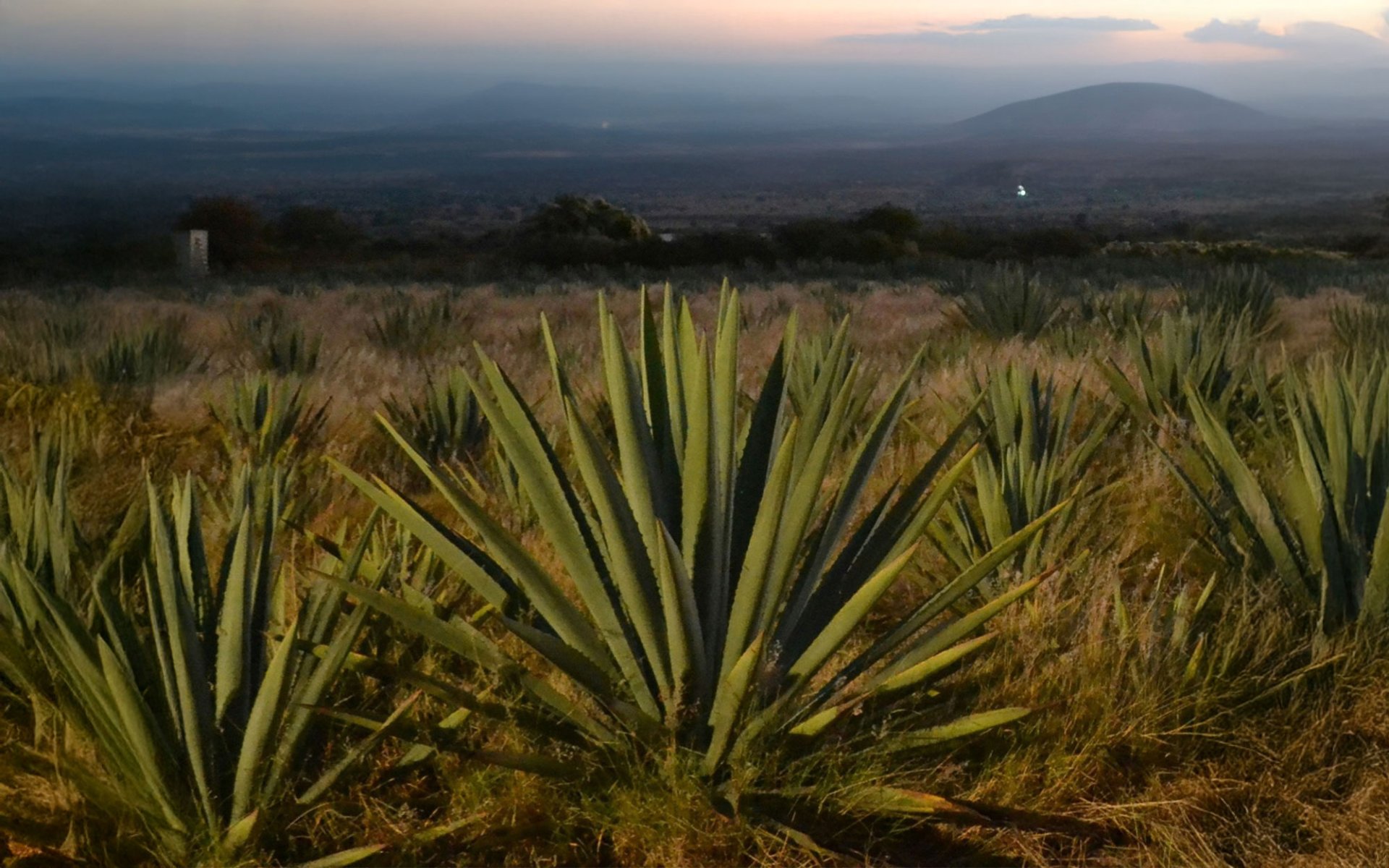Agave

Agave is a native plant that thrives in the arid regions of Mexico. It is a succulent with thick, spiky leaves arranged in a rosette, similar to the aloe vera plant common in Thailand. While its often grown as an ornamental plant in our country, in Mexico, it is primarily cultivated for making syrup, Tequila, and Mezcal.
Agave : A Sacred Plant with Ancient History (9,000 Years Ago)
The origin of Agave spans thousands of years, with evidence of cultivation dating back 9,000 years by indigenous peoples of Mexico, such as the Aztec and Mayan civilizations. These native communities revered Agave as a sacred plant because it was a crucial resource for survival in harsh, arid environments.
The word Agave comes from the Greek word Agavos, meaning noble or illustrious. Due to its religious significance, historians say that in Greek mythology, Agave represents a goddess of desire who brings abundance to the world. Consequently, the indigenous people of Mexico worshipped the Agave plant.
From Ancient Pulque to Agave Syrup (1,000 BCE)
Although the Agave plant has a long history, its use in beverages only began around 1,000 BCE. Pulque was the first alcoholic beverage produced from the Agave plant, a fermented drink with a milky texture.
Regarding Agave's use as a sweetener, ancient civilizations discovered that the sap or Aguamiel found in the heart of the Agave plant could be extracted into a natural syrup, known as Agave Syrup or Agave Nectar. At the time, it was a highly valuable commodity, serving as a substitute for traditional sweeteners. It had a low glycemic index and could be used in a wide range of culinary applications.
The Birth of Tequila: Spanish Distillation Techniques (16th Century)
When Spanish settlers arrived in Mexico in the 16th century, they recognized the potential of the Agave plant. They began to refine the traditional Pulque into Tequila, employing distillation techniques they brought from Europe. Tequila production specifically requires distillation from the fermented juice of only the Blue Agave, Blue Weber Agave, or Agave Tequilana Weber Varietà Azul species.
Since the Spanish distilled Pulque in the town of Tequila, Jalisco, they named the resulting spirit Tequila after its place of origin. Over the centuries, Tequila production evolved, with advancements in distillation techniques and cultivation practices leading to improved quality and taste.
Today, Tequila is celebrated as a significant symbol of Mexican culture, globally recognized, and has been granted Protected Designation of Origin by the European Union since 1997.
Mezcal: Another Diverse Spirit from Agave
While Tequila holds the top spot as Mexico's most famous Agave-based spirit, Mezcal is another popular alcoholic beverage produced from Agave. However, Mezcal is made from a diverse range of Agave species, each with its unique characteristics.
In fact, Tequila is technically considered a type of Mezcal. However, only a few types of Mezcal can be called Tequila. The reason for this distinction lies in their production processes: Tequila must use at least 51% Blue Agave and its production must be strictly controlled within designated regions.
In contrast, Mezcal uses 100% Agave in its production and can be made from any Agave species, including the Blue Agave used for Tequila. Currently, there are a total of 12 Agave species used in Mezcal production, with Espadin being the most commonly used variety.


